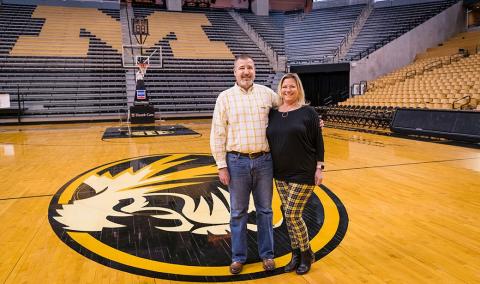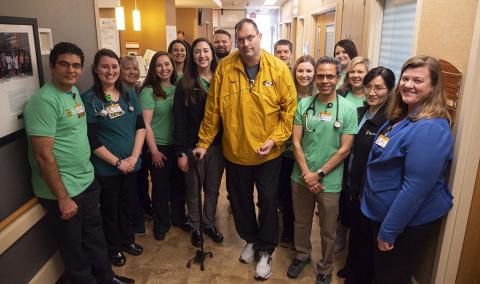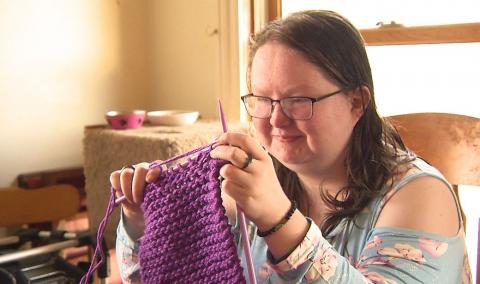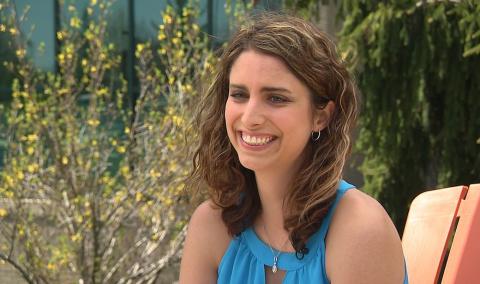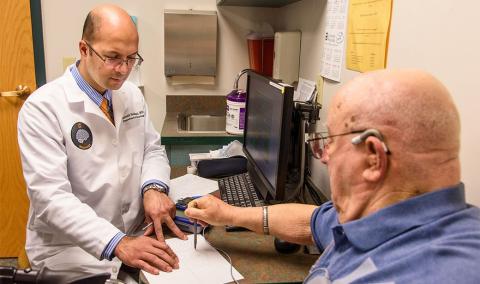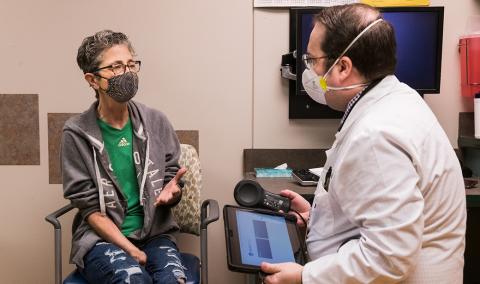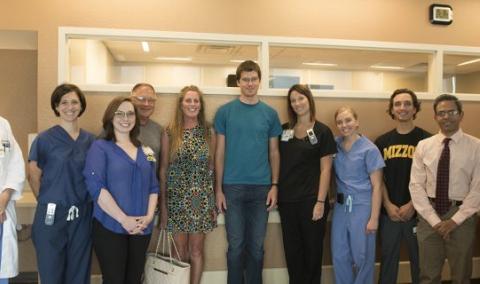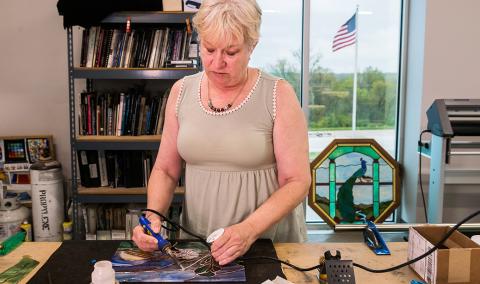Cerebrovascular disorders include a wide variety of conditions that affect the blood vessels and circulation in the brain. When blood vessels to the brain are blocked, malformed, or begin to bleed, oxygen no longer reaches the brain tissue.
When this occurs, irreversible brain damage can happen. Often times these conditions can lead to stroke — one of the most well-known cerebrovascular diseases — or brain hemorrhage also known as bleeding in the brain.
Cerebrovascular conditions have similar symptoms and treatment procedures as stroke and are treated by the same specialists. Time is critically important when someone begins to have symptoms of a cerebrovascular disease, and our team is equipped to handle the most advanced cases.
Expert Care
University of Missouri Health Care has mid-Missouri’s only nationally-accredited Comprehensive Stroke Center. Our team of specialists offers the fastest, most effective care when it matters most. With more than 50 years of combined experience in treating stroke and other complex neurovascular diseases of brain and spine, our team consists of board-certified stroke and interventional neurologists and vascular neurosurgeons. These physicians provide a multidisciplinary, personalized and tailored approach to management of conditions including stroke, hemorrhage, aneurysms, arteriovenous malformations and fistulas, carotid artery disease and neurovascular trauma among others.
Our physicians are trained and certified in the latest medical, endovascular and surgical treatment options for stroke and cerebrovascular diseases. These treatments include tPA administration (clot-busting medication), endovascular therapies such as mechanical clot-retrieval, stent placement and aneurysm coiling, as well as neurosurgery including open, minimally-invasive, micro- and radiosurgery.
Time is brain
The key to the best care is quick recognition and prompt care. Because warning signs of cerebrovascular disease are similar to those of stroke, it’s important to remember the acronym F.A.S.T. Don’t wait to call 9-1-1 for emergency medical attention.
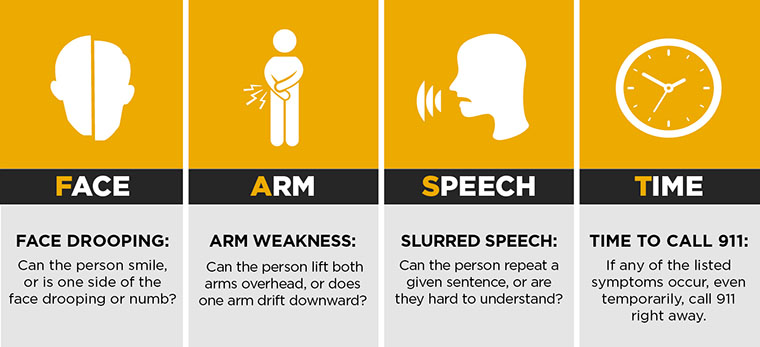
From time of initial evaluation to discharge, our team works closely with emergency and neuro-intensive care physicians, radiologists and rehabilitation physicians to provide continuity of care. This integrated team of specialists – or multidisciplinary approach – allows us to provide state-of-the-art, compassionate, comprehensive care tailored to the need of each of our patients.
Conditions we treat
Stroke: A blood vessel leading to the brain bursts (hemorrhagic stroke) or is blocked by a blood clot (ischemic stroke).
Brain hemorrhage: This condition causes bleeding within the brain tissue, a type of hemorrhagic stroke.
Aneurysm: A bulging area in the wall of an artery that supplies blood in the brain weakens and balloons out. When an aneurysm is present and ruptures, it is referred to as a subarachnoid hemorrhage. It causes immediate bleeding and is life-threatening.
Arteriovenous malformations (AVM): When blood vessels are tangled inside the brain, blood flow and oxygen can be cut off. If a blood vessel ruptures, bleeding in the brain will occur which can lead to strokes, seizures or brain damage. This rare disease often requires surgery to monitor and treat.
Cavernous malformations: Blood vessels that form abnormally might leak blood and can cause stroke.
Dural venous fistulas: This condition occurs when an artery and a vein do not have a correct connection. The lack of connection can lead to narrow or blocked arteries, sometimes resulting in stroke.
Moyamoya disease: Blocked arteries at the base of the brain can lead to an aneurysm, bleeding in the brain and ultimately stroke. It is a rare, progressive disease.
Carotid artery disease: Plaque buildup in the carotid arteries, two large blood vessels in the beck, become narrow or blocked. Blood flow from the neck to the brain is diminished and plaque can break off from the wall that causes clots in the brain.
Intracranial stenosis: Plaque buildup in the brain narrows the blood flow in the arteries.



